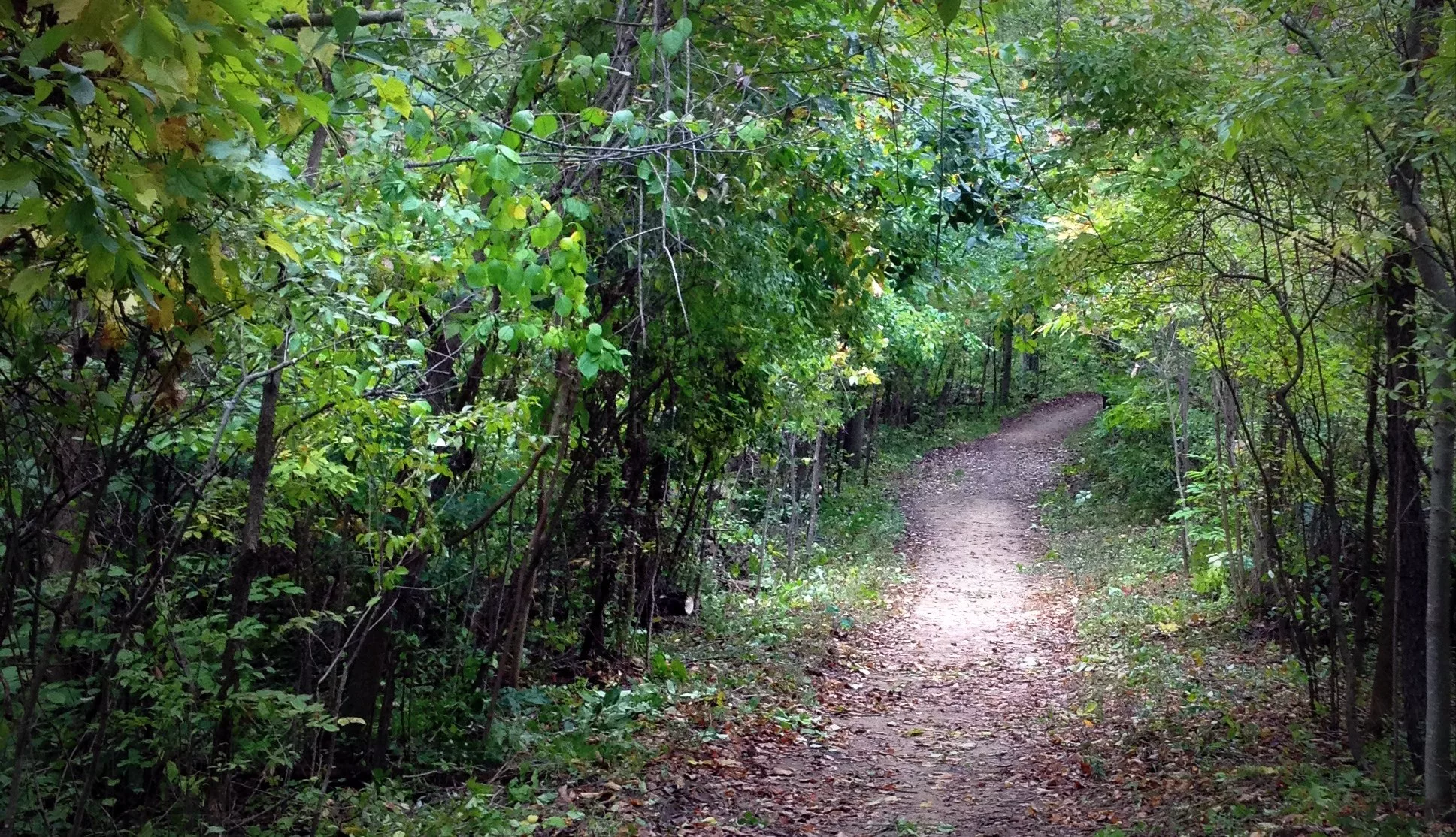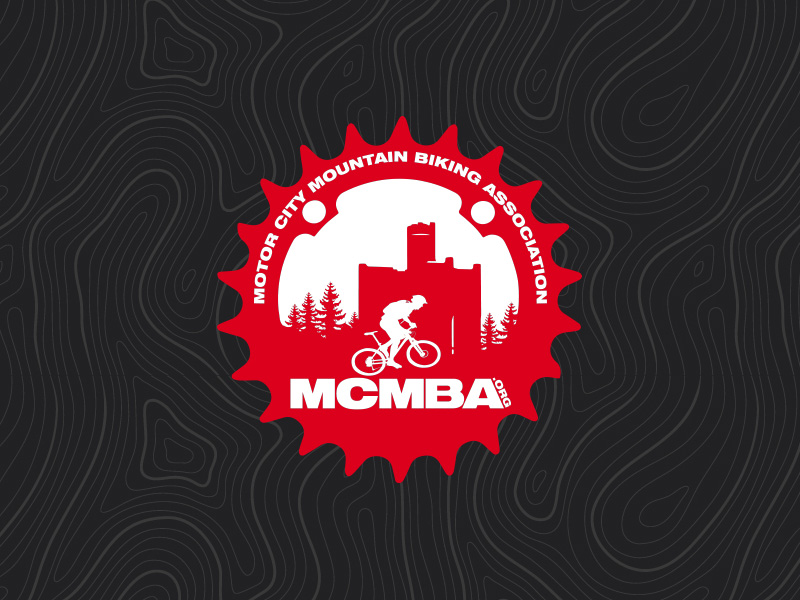It’s a common refrain this time of year…
“Trail was awesome yesterday but lots of face slappers and blind inside corners at speed.”
“The trail was great, but the over growth was getting out of hand.”
“Just like every other trail out there – there are way to many face slappers.”
Warm weather, sun, rain all conspire to make plants grow like, well, weeds and turns our beloved tight singletrack into a gauntlet of poison ivy, raspberry thorns, and face slappers. It’s not the fault of the trail coordinators. We have a lot of trail and it’s just too big a job.
You can do something about it. All of the land managers that we work with on our chapter trails allow (and encourage!) our members to trim back growth on our trails using loppers and trimmers. You don’t need permission, you can do it on your own whenever it’s convenient, and here’s how to do it…
Proper Equipment
You can accomplish a great deal with simple pruning shears, like this:
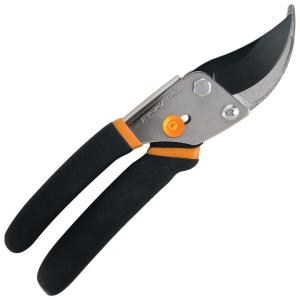
These are inexpensive, fit nicely in a pocket and can easily be carried on a casual ‘trimming’ ride, allowing you to ride and stop from time to time to remove offending branches you encounter. For larger branches, or for reaching deep under a large briar bush, loppers may be necessary:
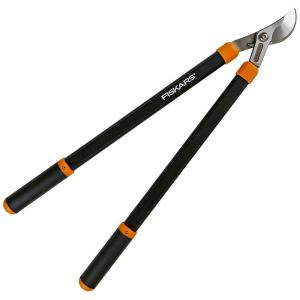
These are great tools, but challenging to carry on a bike. Some backpacks can accommodate them, but they are best used during a hike. In between these two options are short handled loppers, like these:
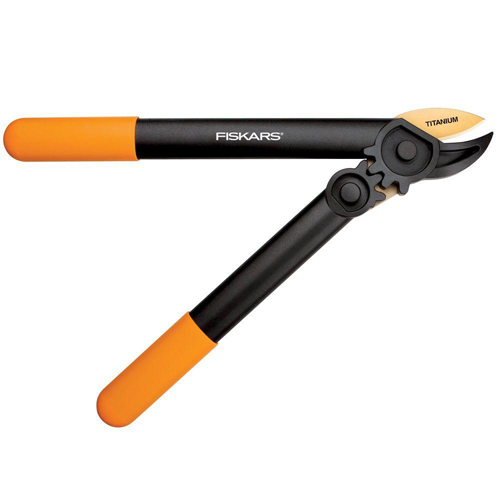
Seemingly designed for trail trimming, with a 12 inch handle they slide easily into a camelback for ready access and still have plenty of power for snipping through any branches you’re likely to find.
A word on Poison Ivy…
You can find poison ivy on all our trails, either as ground cover or woody vines. Sensitivity develops over time, and it’s best to avoid exposure whenever possible. Gloves, long sleeved shirts, and long pants are highly recommended when doing any trail trimming. Keep an eye out for plants with three leaves in clusters and irregular lobes, like this:
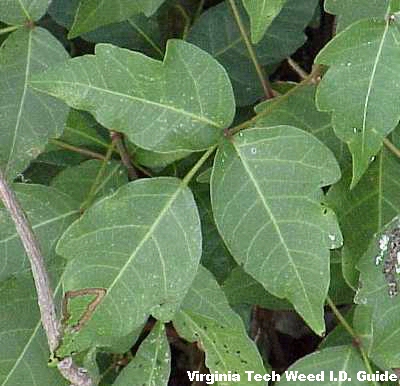
Feel free to remove any poison ivy that you encounter. Carefully. Or just give it a wide berth and move on.
Maintaining the trail character
Each of our trails as it’s own unique character. Where Island Lake may be fast, flowy, and wide, Lakeshore might be tight and twisty and narrow. As we trim, try to consider and preserve this character. We’re maintaining the trails, not changing the trails. In general, you’re safe removing any branches growing into the trail corridor but not trees themselves. Love it or hate it, but we’ve been able to keep this tight chicane at Lakeshore for years by focusing on removing the encroaching branches and preserving the trees:
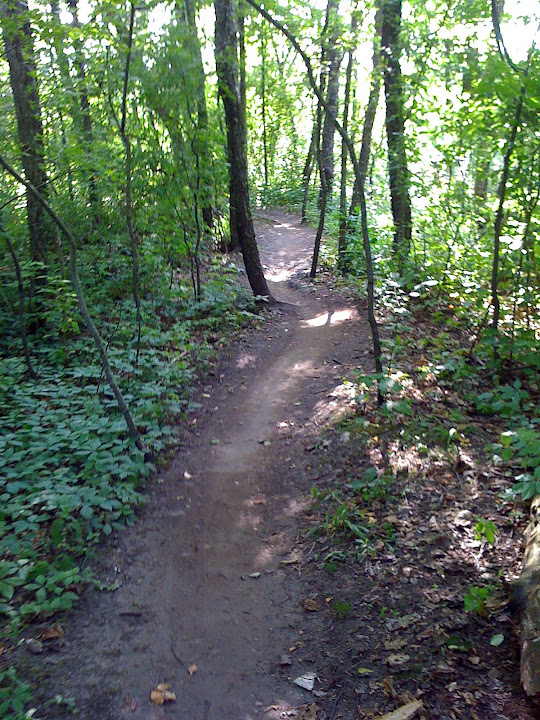
Removing rocks and roots is never part of trimming, and should only be done after consulting with the trail coordinator.
Trimming Branches
The typical case for a face slapper is a branch growing horizontally into the trail from a nearby tree. Trails are really attractive places for plant growth – lots of light, lots of space, and no competition, so these branches grow fast and strong. Trimming inches from a branch does nothing, as some plants can easily grow a foot a year. In most cases, it’s better for the trail and the tree to remove the branch entirely back to the trunk, like this:
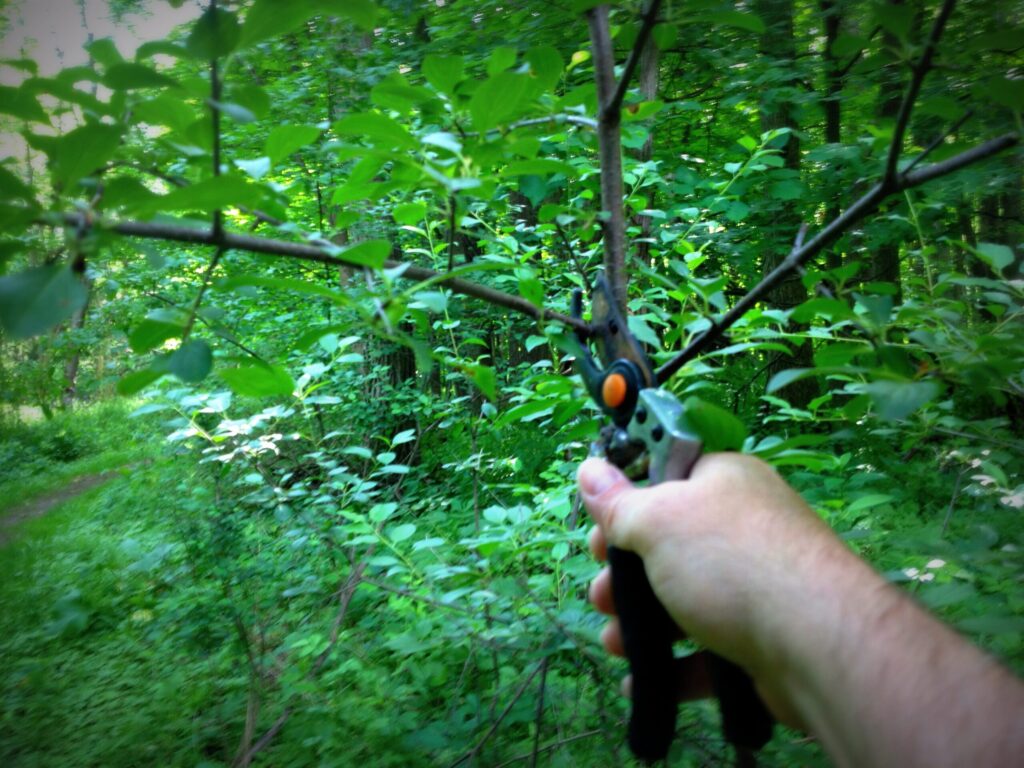
This encourages the tree to concentrate its energy in other branches that we won’t need to trim in years to come.
Trimming Slow Growth
Some trees grow very slowly. Pine branches, for instance, may only grow an inch or so each year. In cases where it’s not necessary (or desirable) to remove a branch entirely you can trim years of growth by trimming at a branch juncture, like this:
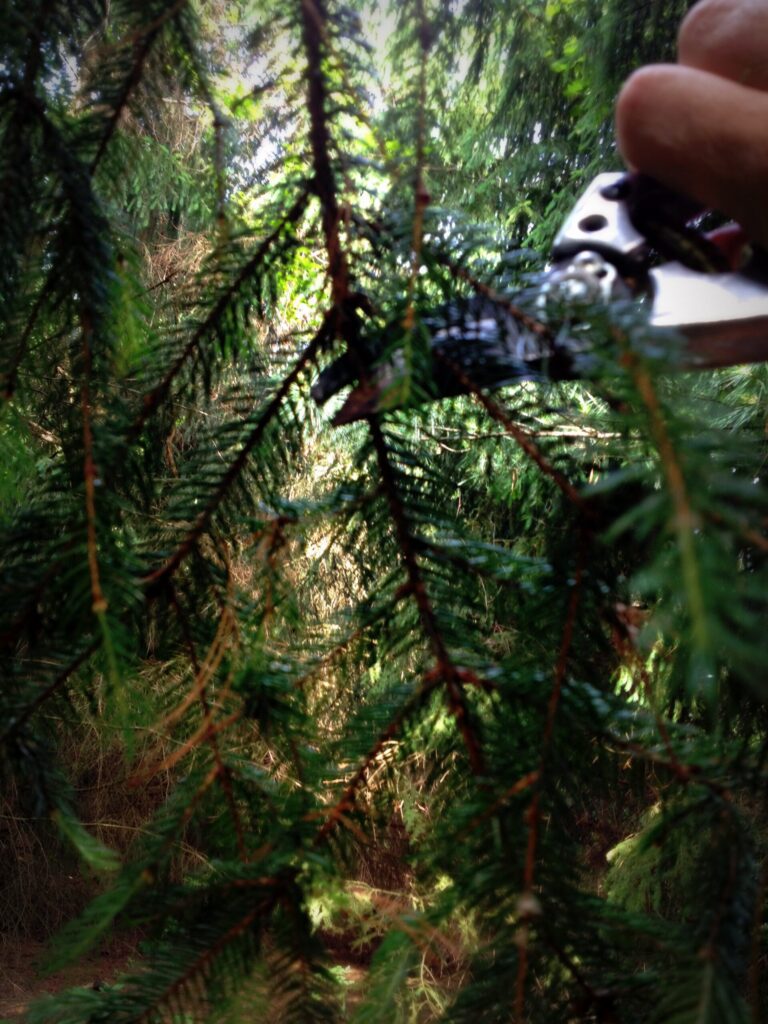
Whenever you trim a portion of branch like this it’s important not to leave “punji sticks”, sharp branches which can injure riders who venture too close.
Trimming invasive and pests
Our Michigan trails are host to many species of plants that are considered ‘undesirable’ or ‘invasive’. Here’s a really good guide to invasive plants in Michigan forests that can be printed and carried as a reference. In many cases, invasive plants should be removed entirely rather than trimming growth. (If you’re not sure, just leave it for others. Many a young Black Walnut have been mistaken for a Tree Of Heaven.)
Other plants, such as wild raspberries, grow many feet a year and require continual maintenance. Raspberries love the clear open areas that our trails present, and apparently feed on the blood of passing bikers. These plants may be removed entirely when encroaching on the trail. When removing these plants, cut them at the base of the plant next to ground level, like this:
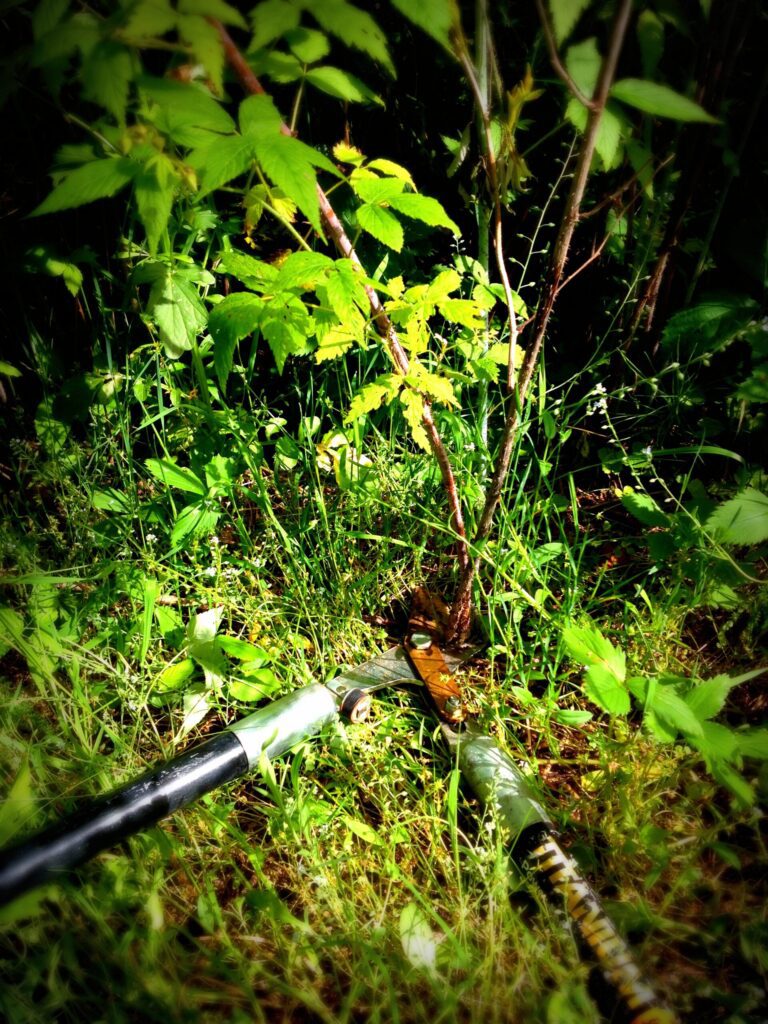
It’s important to not leave sharp, short ‘punji sticks’ from these cut offs that create a fall hazard for bikers, or a tripping hazard for hikers.
Discarding trimmings
While it’s very tempting to move from branch to branch trimming, please take the time to remove any cuttings and discard them into the woods well away from the trail. Not only are discarded branches on the trail unsightly, the may have thorns or briars that can cause flats.
Reporting hours
Reporting and tracking the time that you contribute to a trail is one of the most important things you can do to help us build and maintain great relationships with land managers.
Please report your time using the form available here. If you’d like to share your efforts on the MMBA Facebook group and bask in the accolades of your fellow riders, feel free. You deserve it!
